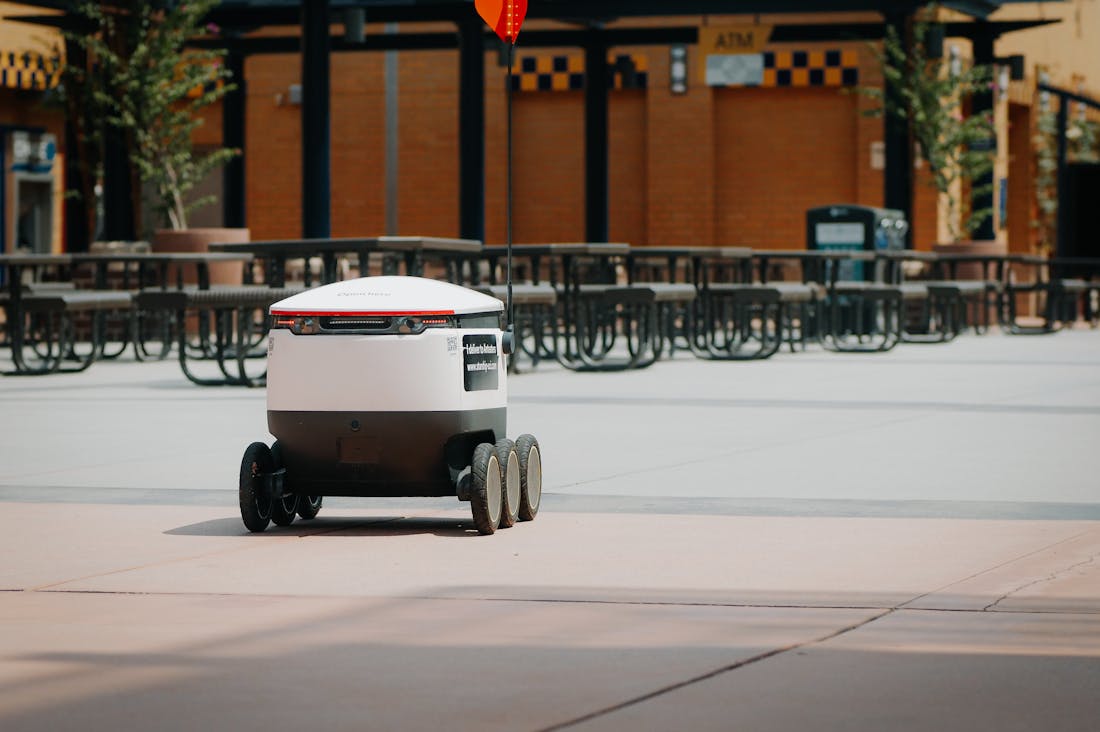The future of autonomous vehicles promises to revolutionize transportation dynamics, reshaping how we think about mobility. As self-driving technology advances, we are on the brink of experiencing safer roads, reduced traffic congestion, and enhanced accessibility. This shift not only alters our daily commutes but also impacts urban planning and environmental sustainability.

Key Players in the Autonomous Revolution
The autonomous revolution is driven by a diverse array of key players, each contributing uniquely to the development of autonomous technologies. Major automotive companies like Tesla and Waymo are at the forefront, pioneering advanced driving systems and pushing the boundaries of self-driving capabilities. Tech giants such as Google, Amazon, and Apple invest heavily in artificial intelligence and machine learning, creating the algorithms that power these innovations. Additionally, startups like Aurora and Pony.ai are emerging with fresh perspectives and groundbreaking solutions. Meanwhile, regulatory bodies and governments play a crucial role in shaping policies that impact the deployment of autonomous vehicles, ensuring safety and compliance. Together, these players are transforming the landscape of transportation and mobility, promising a future where autonomy is a norm rather than an exception.

Safety Innovations in Self-Driving Cars
Safety innovations in self-driving cars have revolutionized the landscape of automotive technology, significantly enhancing road safety. Advanced sensor systems, such as LiDAR, radar, and cameras, create a comprehensive 360-degree view, allowing vehicles to detect obstacles, pedestrians, and other vehicles in real time. Machine learning algorithms enable these cars to interpret their environment, predict potential hazards, and make informed decisions swiftly. Moreover, features like automatic emergency braking, lane-keeping assistance, and adaptive cruise control contribute to accident prevention by responding to dynamic driving conditions. As regulatory frameworks evolve, continuous improvements in cybersecurity further safeguard against hacking, fortifying the overall safety and reliability of autonomous vehicles.

Impact on Urban Infrastructure and Policy
Urban infrastructure and policy are significantly impacted by various factors, ranging from population growth to technological advancements. As cities expand, the demand for efficient transportation, sustainable energy, and adequate housing increases, prompting policymakers to adapt existing frameworks. For instance, the rise of smart technology and data analytics has led to the development of smart cities, where integrated systems enhance services like traffic management and waste disposal. Additionally, climate change considerations have urged urban planners to incorporate resilience strategies, reflecting a shift towards sustainable policies. Public-private partnerships are increasingly vital for funding and innovation, ensuring cities can meet evolving needs while improving quality of life for residents.
AI-Assisted Content Disclaimer
This article was created with AI assistance and reviewed by a human for accuracy and clarity.